China’s Ministry of Public Security has released a draft of new national vehicle safety standards, proposing that passenger vehicles must default to a 0–100 km/h acceleration time of no less than 5 seconds. The goal is to reduce safety risks from excessive acceleration performance, while tightening requirements for electric vehicles and driver assistance systems.
According to Carnewschina, this regulation does not absolutely limit the acceleration speed from 0-100 km/h to under 5 seconds. The 5-second time applies to the default mode when starting the car; users can still achieve faster times through additional operations. In the context of many car models achieving very fast acceleration, such as Xiaomi SU7 with 2.78 seconds, the draft, if issued, could reduce the marketing value of this parameter on public roads.
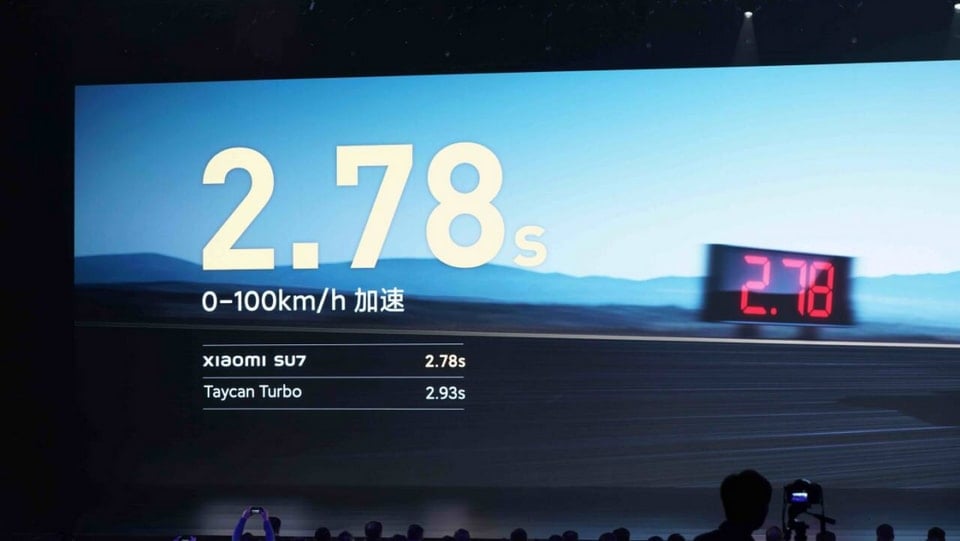
Default acceleration limit: 0–100 km/h not less than 5 seconds
The Draft Technical Conditions for Safety of Operation of Motor Vehicles sets a default minimum acceleration time threshold of 5 seconds. This approach aims to control the risk from strong acceleration in everyday operation, especially with high-power electric vehicles.
Impact on high performance models
In recent years, brands like Xiaomi and Zeekr have made a name for themselves by claiming acceleration figures. With the new proposal, a 0–100 km/h time of 5 seconds is considered fast enough on public roads; extreme acceleration records will be less of a marketing point if the car is left in its default configuration.
Active safety requirements for electric vehicles and PHEVs
The draft adds a series of separate requirements for pure electric and plug-in hybrid vehicles:
- Equipped with anti-mistake accelerator technology, capable of detecting and limiting output power when the vehicle is stationary or moving; at the same time, it emits clear audio and visual warnings to prevent unintended acceleration.
- Automatic circuit breaker in specific situations, including: when the vehicle speed changes by 25 km/h or more within 150 milliseconds in the longitudinal or transverse axis; or when irreversible restraint devices such as airbags are activated.
Battery safety and thermal failure management
For battery systems, the standard recommends:
- Electric vehicles must monitor battery status, automatically detect, record and warn early of abnormalities in battery cells; when detecting a heat problem, warn with clear sound and image to the occupants.
- The battery shall be provided with a pressure relief device that directs and equalizes pressure; the pressure relief channels shall be designed so as not to endanger vehicle occupants.
- For pure electric or plug-in hybrid buses that are 6 meters or longer, the battery compartment must not catch fire or explode for at least 5 minutes after the battery alarm, to ensure evacuation time.
Steering assistance, driver monitoring and entertainment functions
- Vehicles with driver assistance systems must verify, through biometric identification or account login, that the driver has completed appropriate training before allowing further operation.
- With the hybrid driving assistance system, when activated at speeds above 10 km/h, the vehicle must continuously monitor driver engagement using at least two methods: hand-shift detection and eye-gaze tracking.
- To avoid distraction, the entertainment video and gaming functions on the dashboard display must be turned off when the vehicle exceeds 10 km/h.
Door, exit and glass safety
- Passenger vehicles must ensure that each occupant can exit through at least two different doors; each door (except the trunk door) must have a mechanical opening handle both inside and outside.
- With the electronic door locking system, the non-crash side door must automatically unlock when the airbag deploys or a battery thermal failure occurs.
- Window regulations: anti-reflective window film prohibited; driver visibility must be at least 70% visible light transmission.
- Emergency exit windows must use tempered glass no thicker than 5 mm and must not be covered with heat-insulating film to make them easily breakable in an emergency.
Summary table of key thresholds and requirements
| Category | Threshold/Requirement |
|---|---|
| Default acceleration 0–100 km/h | Not less than 5 seconds |
| Circuit breaker when speed changes | ≥ 25 km/h in 150 ms (longitudinal or lateral) |
| Monitor driver engagement | Over 10 km/h, minimum two methods (hand + eye) |
| Video/Game Entertainment | Off over 10 km/h |
| Vision through the glass | Visible light transmission ≥ 70% |
| Fire escape window glass | Tempered glass ≤ 5 mm, no film |
| Electric/hybrid bus (≥ 6 m) | Battery compartment does not burn/explode for at least 5 minutes after alarm |
Draft status and market context
The draft is currently in the public consultation phase as part of the revision of the national standard. According to Carnewschina, the acceleration regulation emphasizes the default mode, not completely prohibiting 0–100 km/h under 5 seconds if the driver activates additional modes. On public roads, 5 seconds is considered fast enough for daily driving needs.
If implemented, the new standard would standardize default operating parameters and raise the safety bar for electric vehicles, from pedal-by-wire prevention and thermal risk management to driver, door, and glass monitoring. Extreme performance parameters may still be present, but they will no longer be the default configuration on the road.
Source: https://baonghean.vn/trung-quoc-de-xuat-gioi-han-mac-dinh-0100-kmh-tren-5-giay-10311250.html





![[Photo] Deep sea sand deposits, ancient wooden ship An Bang faces the risk of being buried again](https://vphoto.vietnam.vn/thumb/1200x675/vietnam/resource/IMAGE/2025/11/13/1763033175715_ndo_br_thuyen-1-jpg.webp)


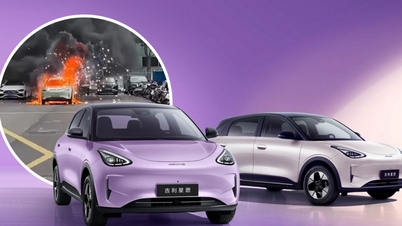






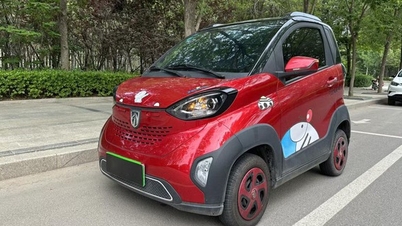



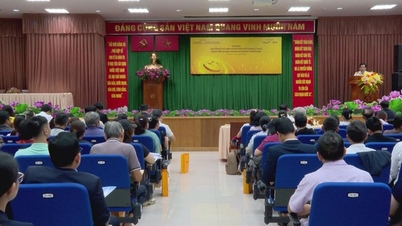














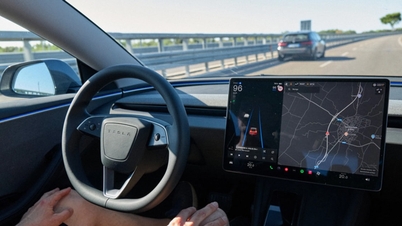








































![[Photo] Panorama of the 2nd Vietnam-Cambodia Border Defense Friendship Exchange](https://vphoto.vietnam.vn/thumb/402x226/vietnam/resource/IMAGE/2025/11/13/1763033233033_image.jpeg)






















![Dong Nai OCOP transition: [Article 3] Linking tourism with OCOP product consumption](https://vphoto.vietnam.vn/thumb/402x226/vietnam/resource/IMAGE/2025/11/10/1762739199309_1324-2740-7_n-162543_981.jpeg)







Comment (0)